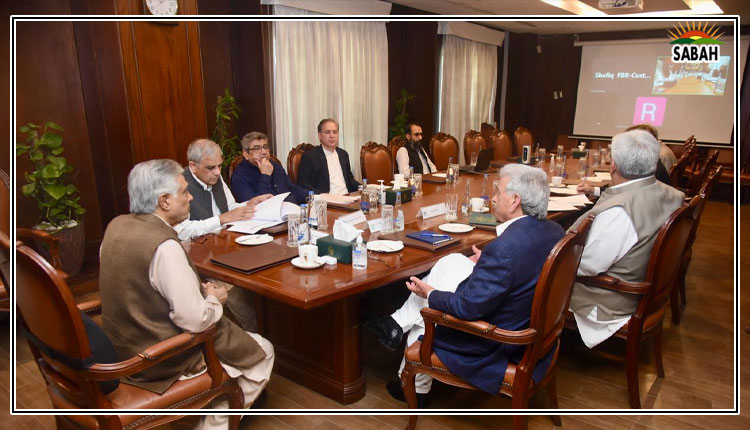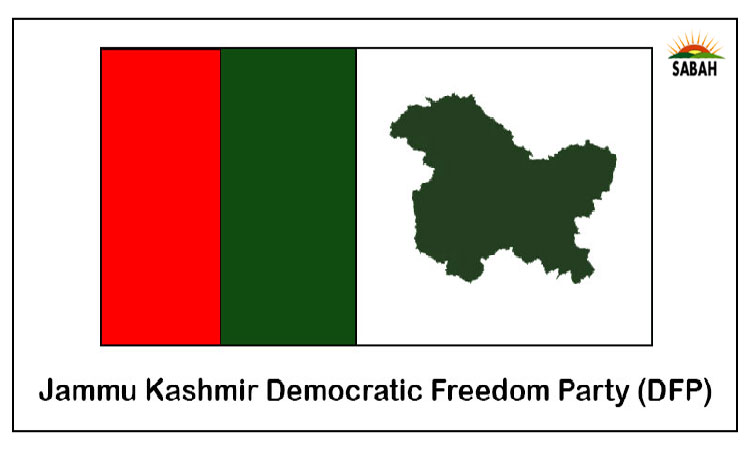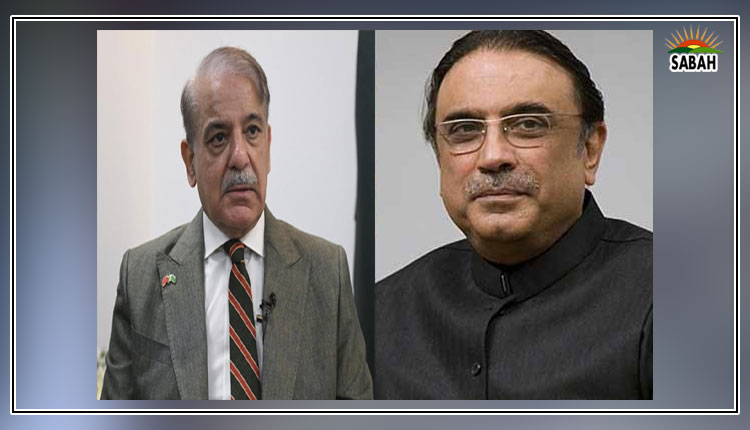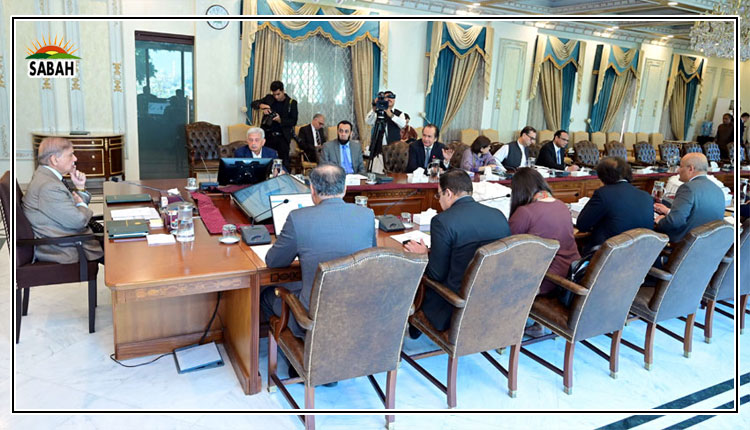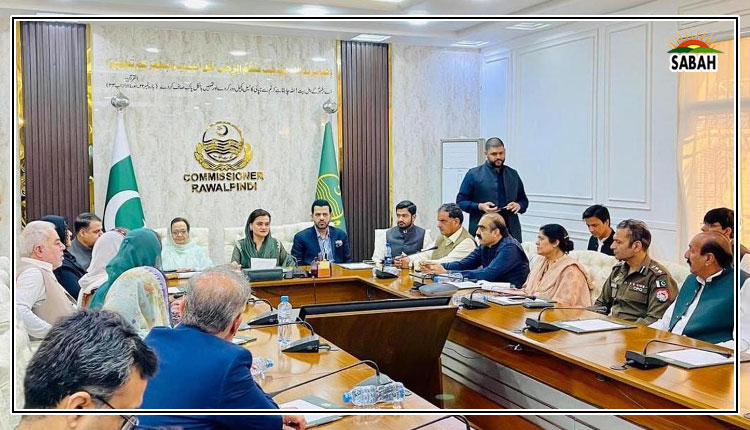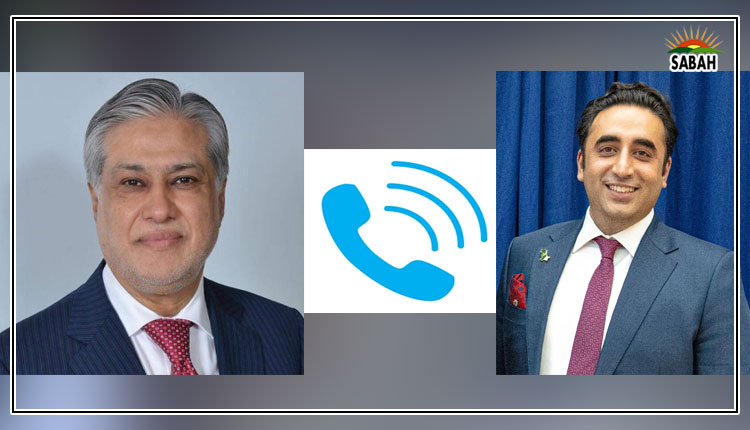The broken promise of reserved seats …..Muhammad Waqar Rana
On July 12, 2024, the Supreme Court held that the PTI was a political party for the purposes of Articles 51(d) and 106 of the constitution, and it was thus entitled to reserved seats in the national and provincial assemblies.
While a detailed order is still not published, it will be apt to explore the history and intent of constitution-makers regarding these reserved seats. The customary purpose behind reserved seats was to protect the depressed or challenged/marginal classes which traditionally included women, religious minorities and depressed classes.
The history of reserved seats for minorities (religion and caste-oriented) and women goes back to colonial times. The separate electorate and reservation of seats for religious minorities, women and scheduled castes, and backward tribes were the common features of all colonial constitutional instruments.
In columns 7 and 13 of the First Schedule to the Government of India Act, 1935, seats were reserved for women and minorities including Europeans, Anglo-Indians, Sikhs and Muslims in the federal and provincial assemblies of British India.
In the constitutions of 1956 and 1962 in Pakistan, seats for women and minorities were also reserved. Under Article 43(3) of the 1956 constitution, 10 seats were reserved for women for 10 years, who were to be directly elected from special women constituencies. Elections were subverted and then the constitution was abrogated in October 1958. Under Article 20(2) of the 1962 constitution, four seats from the provinces were reserved for women out of the 218 members of the National Assembly.
In the 1973 constitution, as originally adopted, under Article 51(4), 10 seats were reserved for women and allocated to provinces. The National Assembly was the electoral college for those seats. Similarly, under Article 106, seats were reserved for minorities mentioned in Clause 3 and equal to 5.0 per cent of the total membership of the respective assemblies; additional seats were reserved for women to be allocated as per the constitution and law.
Article 51 was amended through the 4th amendment in 1975 by adding Article 51(2)(A) under which six seats were reserved for persons mentioned in Article 106(3). Then through the revival of the Constitution Order (PO No 14 of 1985), Clauses 2A and 4A were substituted by increasing the number of seats reserved for minorities and women. While 10 seats for minorities were to be simultaneously elected through a separate electorate, 20 seats allocated for women were to be elected after the general elections on the basis of proportional representation. The national or provincial assemblies would be the Electoral College for those seats through a single transferable vote.
Article 106 was also amended to have a similar effect, and the number of seats for minorities and women in the provincial assemblies was increased. Yet again, by the Legal Framework Order 2002, the said clauses of Article 51 were substituted. Accordingly, Articles 51 and 106 were wholly substituted. In Clause 1 of Article 51, out of the total 332 seats of the National Assembly allocated to provinces, tribal areas and the capital territory, 60 seats were reserved for women and 10 seats were reserved for minorities (non-Muslims).
Each province was to be a single constituency for women’s reserved seats, and for non-Muslims’ 10 seats, the whole country would be the constituency. The effect was that a non-Muslim could be elected as a National Assembly member from anywhere in the country. Elections for both reserved seats were to be made through proportional representation according to political parties’ lists on the basis of the total number of general seats won by a political party.
The proviso to Clause 4(e) stated that a party securing less than 5.0 per cent of the total number of seats to the National Assembly would not be entitled to any reserved seats. By the 17th Amendment, however, two most critical changes were made to Article 51(4)(d) and (e). Members elected as independents who joined a political party within three days would be included in the number of seats won by the political party they joined.
The condition of winning at least 5.0 per cent of the total seats for reserved seats was done away with, which essentially meant that even if a political party had not won a single seat but if independent members had joined it within three days that political party would be entitled to get reserved seats proportionately.
It should be recalled that two main political parties were virtually excluded from the 2002 electoral process. The provisos added to the said clauses protected their members who contested elections as ‘independents’. The 18th and 25th amendments, respectively made in 2010 and 2018, made no change in the number of electoral procedures provided for reserved seats.
From the foregoing constitutional history, the following conclusions may be drawn:
The number of reserved seats for women increased from 10 in 1973 to 60 in 2002. These seats are filled through indirect elections and lack the representative character of chosen representatives as provided in the preamble to the constitution. The parliamentary form of government demands that the people’s house should truly represent the will of the people through universal suffrage.
The concept of reserved seats was originally time-bound and intended to protect depressed classes, scheduled castes, women and minorities in colonial India. The idea continued after Independence both in India (Schedule X of the Indian constitution) and in Pakistan. This ‘protection’ has proven counterproductive and caused inefficiency, as argued by Ambedkar.
With time, reserved seats for women increased from a minimum of 5.0 per cent (10 seats for 10 years till the second general elections) to a substantial number (60 out of 326). The number of reserved seats for non-Muslims remains almost constant at 10 over the last 50 years. These reserved seats for women, with little exception, go to the family members and friends of political leaders and thus promote nepotism and an unrepresentative character of the assemblies and consequently governments. Members elected on reserved seats have no independent voice or choice.
The noble purpose behind reserved seats was to protect marginalized groups, but it has now become a source of manipulation of power. The phenomenal increase in reserved seats for women occurred after authoritarian regimes amended the constitution through legal framework orders.
Non-Muslims remain underrepresented as reserved seats for them have hardly increased. The preamble to the constitution, which is based upon the Objectives Resolution, states that adequate provisions shall be made to safeguard the legitimate interests of the minorities, depressed and backward classes. To create a true pluralistic, multicultural and democratic polity and to improve the image of Pakistan, minorities need to be given due representation in assemblies and government.
Constitutional provisions dealing with reserved seats for women and minorities provide for indirect election through proportional representation. These provisions ought to be interpreted purposely so that the representative character of the assemblies and government is not undermined, and the basic features of the constitution are not violated.
The writer is an advocate of the Supreme Court and former additional attorney general for Pakistan. He can be reached at: mwaqarrana@yahoo.com
Courtesy The News



